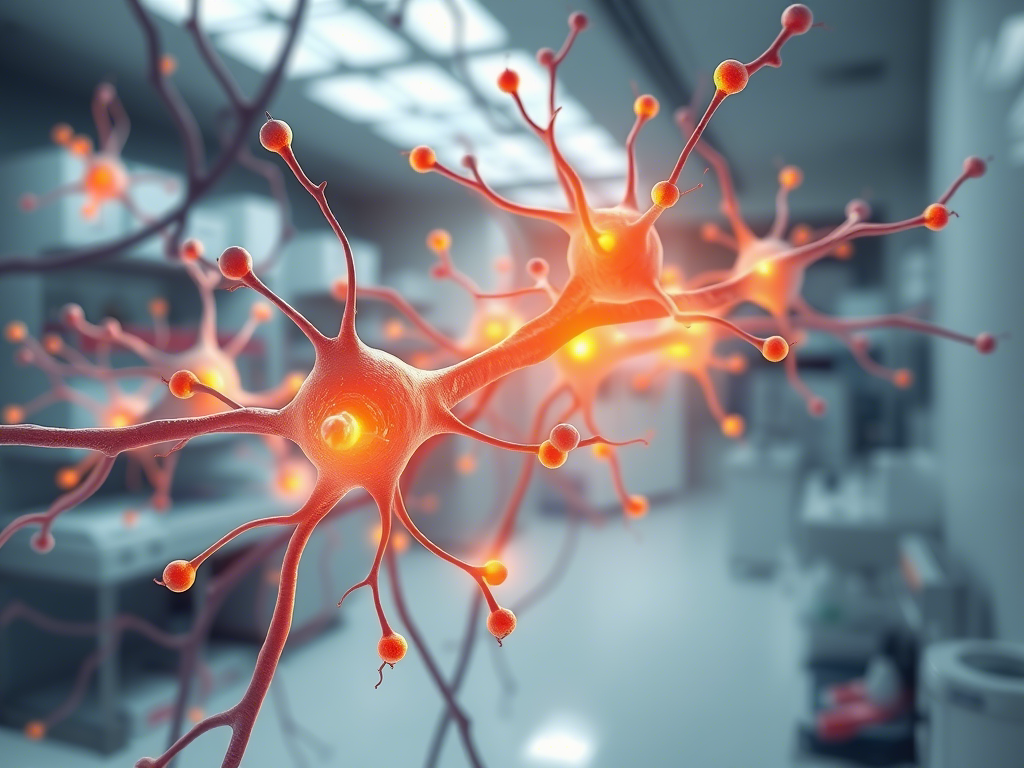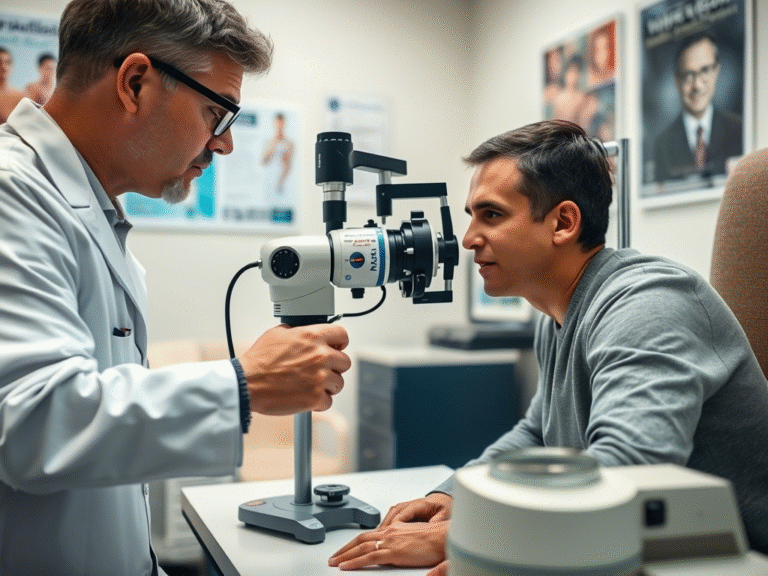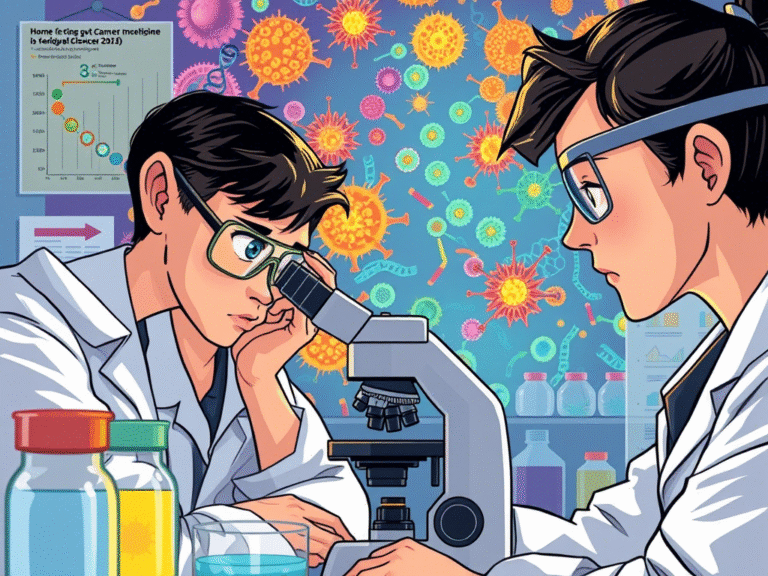
Turning Off Brain Inflammation: A Potential Breakthrough for Alzheimer’s and Parkinson’s
In a major breakthrough, scientist Davis Joseph has uncovered what researchers have sought for over a century: a common biological mechanism behind Alzheimer’s, Parkinson’s, and other neurodegenerative diseases.
Presented at the upcoming Sustainability Through Science and Technology Summit 2025 (SIPS 2025) in Cebu, Philippines, Joseph’s discovery centers around a biochemical “master switch” — a process involving a protein called 4E-BP2 found in brain cell axons. When this protein undergoes an abnormal chemical change known as deamidation , it disrupts normal brain function and leads to widespread damage — a pattern seen across many major brain disorders.
What makes this finding so revolutionary is that instead of treating each disease separately, scientists may now be able to target this shared mechanism , potentially halting or even reversing the progression of multiple conditions with one unified approach.
Joseph’s work could pave the way for new therapies that restore healthy protein function and slow — or stop — the damage caused by these devastating diseases.
This research doesn’t just offer hope for patients; it also highlights the growing role of sustainable science in developing long-term, effective treatments for neurological conditions.
A Unified Theory That Could Change Brain Disease Research Forever
This discovery marks a turning point in neuroscience. For centuries, Alzheimer’s disease (first described in 1906) and Parkinson’s disease (identified as early as 1817) have been studied as separate conditions, with drug development focusing on each individually. No direct biological link between them had ever been found — until now.
Davis Joseph has uncovered a unifying mechanism that connects these and other neurodegenerative diseases. His research reveals that they all share a common biochemical process involving the 4E-BP2 protein in brain cell axons. By identifying this shared “master switch,” Joseph has effectively broken down the long-standing boundary between these diseases — opening the door to one treatment strategy for multiple brain disorders .
What makes this even more groundbreaking is that it brings together four previously unrelated areas of research:
- Deamidation (a type of protein damage),
- Translational control (how cells make proteins),
- Oxidative stress ,
- And neurodegeneration .
For the first time, these fields are linked through a single mechanism — offering scientists a new roadmap for understanding and treating brain diseases from a unified perspective.
A Scientific Breakthrough Paving the Way for Sustainable Medicine
Beyond its revolutionary impact on brain disease research, this discovery also represents a major step forward in sustainable medicine , as defined by the FLOGEN Sustainability Framework . It meets all three pillars of sustainability:
- Social Development – By targeting diseases like Alzheimer’s and Parkinson’s, it has the potential to significantly improve quality of life for millions.
- Economic Development – A unified treatment approach could reduce the cost of drug development and therapy by targeting multiple diseases with one strategy.
- Environmental Protection – Simplifying treatment reduces the need for multiple medications, lowering the demand for raw materials and production resources.
Building on his unified theory and a thorough review of existing scientific literature, Davis Joseph has also created the first-ever biochemical flowcharts that map out:
- How deamidation occurs in living organisms,
- The process of protein synthesis initiation and translational control ,
- And how 4E-BP2 deamidation acts as a central control system linking these four key biological processes.
These visual frameworks offer scientists a powerful new tool to understand and potentially regulate the root causes of neurodegenerative diseases.
Global Acclaim and Record-Breaking Reach
Published on April 27, 2025 , in the prestigious International Journal of Molecular Sciences (IJMS) — a top-tier Q1 journal — Davis Joseph’s groundbreaking discovery has already been accessed over 1,700 times within just three weeks , setting a new world record for downloads of a single-author scientific paper.
The research has drawn massive global attention, with coverage from over 500 media outlets worldwide . It was also presented as a plenary lecture at the Congress of Modern Sustainable Medicine in Asuncion, Paraguay , just days after its release.
This is Davis Joseph’s second major breakthrough in under six months . His earlier discovery — known as the “Davis Joseph Principle” — identified the central role of axon-based 4E-BP2 deamidation in brain aging and disease. That work, published in November 2024 , has been viewed more than 8,000 times , also breaking records, and has been praised by Nobel Laureates Dr. Harvey Alter and Dr. Gregg Semenza as “Nobel-worthy.”
In recognition of his contributions, Davis Joseph received the Semenza International Cell Engineering Award at the FLOGEN Stars Outreach / SIPS 2024 Summit in Crete, Greece .
Canadian Member of Parliament Anthony Housefather praised Joseph’s work, stating:
“Alzheimer’s and Parkinson’s are devastating diseases, and Davis’s efforts to fight them are extraordinary. I’m proud to represent him in the House of Commons.”





